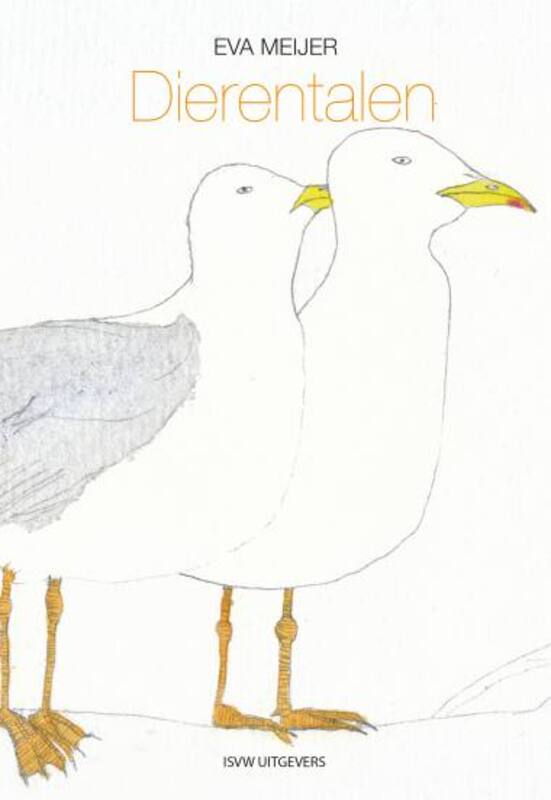
Dolphins and parrots call each other by their names. Fork tailed drongos mimic the calls of other animals to scare them away and then steal their dinner. In the songs of many species of birds, and in skin patterns of squid, we find grammatical structures. Prairie dogs describe intruders in detail, including their size, shape, speed, and the color of their hair and T-shirts. Bats like to gossip. These animals are no exception: most social animals have complex and nuanced ways of communicating with one another and with humans, using smell, gestures, sounds, movements, words, glances, colors and other signals.
In Animal Languages, Eva Meijer discusses many examples of recent empirical research. Border Collie Chaser learned the names of 1022 objects. Elephants in captivity sometimes start using human words to interact with the people around them; wild elephants have a word for ‘human’. Humpback whales sing love songs that may last for twenty hours. Biologists and ethologists are only beginning to understand the meaning of these signs. They have started using digital technologies to map and interpret songs and sounds of many species, and to speak back to them.
This research presents us with a new perspective on other animals. It also raises philosophical questions. Can we call nonhuman animal communication language? What exactly is language? Can we speak with other animals, and if so: how? Is human language special, or are all languages special in their own ways? Should we approach other animals differently now that we know that they use language? After reading Animal Languages, you might not be able to speak with all animals, but you will see them in a different light, including the companion animals you thought you knew so well.
'Having conversations with animals asks us to reconsider our ways of thinking about animals, Meijer concludes in her book. This can happen in dialogue. “For the language of animals to be language they don’t need to learn anything new, we have to start seeing them differently. They have been talking the whole time already.' – Trouw
'What do you get if you put Wittgenstein, Heidegger and starlings together into one book? A very approachable tale about how animals communicate, with each other and with us. [..] Full of facts and empirical research Animal Languages provides a valuable insight into the complexity of language and communication and the possibility of researching the languages of animals. Until recently animal languages have been assessed from the viewpoint of human languages. Eva Meijer proves that that would not be much different from judging a fish on its ability to bike.' - Athenaeum Bookshop
'In the meantime Eva Meijer is working on her thesis, ‘about the political voice of animals’. What she means by that, and by communication of animals and how one is able to perceive it, she explains in her book Animal Languages, that contains a great amount of valuable facts.' – de Volkskrant
'Now Eva Meijer has graduated as a philosopher and has written the book Animal Languages, in preparation of her doctoral thesis on the political voice of animals. No wonder I bought this book immediately. Already the introduction is ripe with interesting philosophical questions such as “What is language? Do other animals also use communication meaningfully and how can humans come to know that?' – NRC